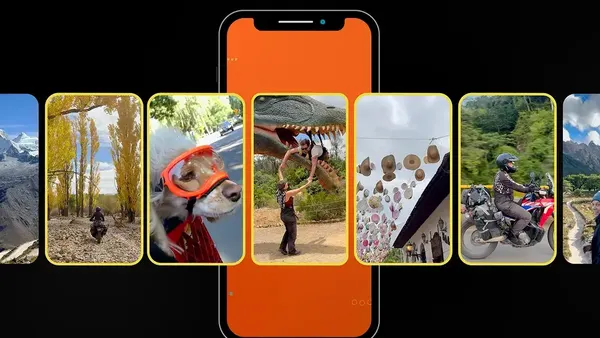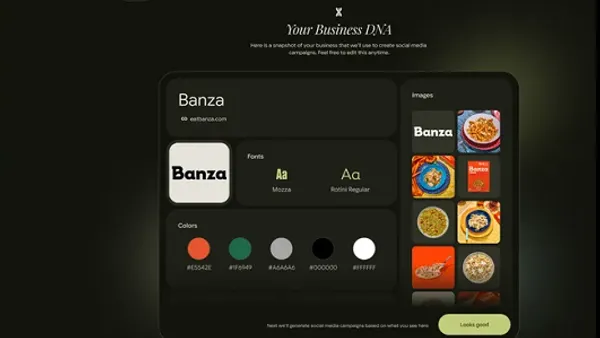Successful sustainable companies use core values to lead strategy and steer not only the culture, but also overall business performance. Social media provides new opportunities to lead and communicate these values. In this article I will explain why companies driven by strong values are particularly well placed to benefit from social media and the increasing demand for transparency in society in general.
Several interesting articles have been written on the impact of social media on business, particularly on how to communicate the value of social media to stubborn CEO's. Household names in management literature include values based champions such as Ingvar Kamprad of IKEA, Howard Schultz of Starbucks, and the recently deceased Steve Jobs at Apple. These leaders "live the brand" and symbolize their companies. Strategic social media engagement enables organizations to have an orchestra communicating these values instead of relying on a soloist. I will explain the benefits of this, even if you're not into classical music.
The pre-social media world
The role, the arena and the structure and strategy of communication is changing. In some ways the rise of the service industry started the development that we are now seeing. Employees became integral parts of the value proposition and they needed to understand what they were selling and how their actions reflected back on the company. The demands on organizations trying to engage in social media are very similar. It requires employees who can stand behind the values and culture and communicate it in a natural manner. Customer experience and service offering are key in the service landscape and missteps from employees can easily become the next viral hit on Youtube within hours. This freak some CEO's out. Fear of ridicule and lack of control does that to people with control. Like it or not, the communicative landscape has changed and no matter what choices an organization takes it will impact your organization. And your CEO.
Why a possible demise of Facebook is insignificant for social media work
Some of you might come waving some recent article that proclaims that Facebook is dead and that people are bored with the whole thing, particularly after the calamitous introduction of the company to the US stock market. It is important to understand that it has little importance if this is wrong or right. Because what is not disappearing is the conversations people are having online. There will be groups and circles where people meet and share content, be it booking.com, a LinkedIn discussion group or a discussion thread following an HBR-article. People will produce own things and share and discuss matters that are important to them. This increased interaction between consumers and companies is spurring engagement in completely new ways. One example is the state run railroad company in Sweden. It keeps customers updated via Twitter as part of their customer service offering. This has not saved it from ridicule for its inability to get people where they want to go on time (which should be their primary value proposition) but it does provide answers to travellers desperately looking for it.
Transparency should drive a clear culture
This trend is coinciding with another important contemporary occurrence, the increasing demand for transparency. This has been going on for a while but has been highlighted during the past couple of months with the media scandal in Britain and attempts by the Chinese government to try and cover up a serious train incident. These interrelated trends in social media and transparency mean that companies and organizations need to think about how to communicate in this new reality. They also have to be very clear on where they stand in a complex world and act accordingly. The risks of not doing anything are apparent and do not forget that not making a choice (for example regarding social media) is also a choice.
Most companies are still locked inside the walls of an office but the days when a company image was something thought out in that very office and communicated through one-way channels are gone. This provides a great opportunity for companies with solid cultures and employees who are empowered to speak about the company they work for. It is terrible for greenwashing companies that pay big money trying to portray themselves as something they are not.
Unfortunately there is no one size fits all solution to this. In my role as a communications professional one of the most pressing issues is attracting and keeping talent. To do this we need to understand what we do, how we do it and in what way we are helping to create a more sustainable society. Who better to do this than our coworkers who are the ones meeting our clients every day?
Empowering co-workers to take an active part in shaping our image
At my previous job I worked in a company with highly educated engineers who designed bridges, tunnels, houses and complex electrical installations. The actual work we did differed little from our competitors. That is why how we did it was so important to communicate.
After hiring a social media consultant who wrote a laughable report, part of the problem of social media being frowned upon is consultants not knowing what they are talking about, the management team decided that they would not engage with Social media. At the same time our engineers sold the idea of our company and service offering each day, they engaged in dialogue with clients and understood the concerns and issues that might arise and how to respond to them. We wanted to use this knowledge and help them share it. Working with social media is very much like facilitating the dialogue we have every day with our different stakeholders. We want to engage in conversation that reflects what we want to be. The culture and values belong and are created among co-workers. Enabling them to feel secure and to share this is a process that will and needs to take time.
As communications professionals we need to be clear about the changes in the communication landscape and what it means for business. We need to identify what possibilities this brings and which old truths that are no longer true. The impact of social media is not a fad but will be an integral part of the future business landscape. This means different things for different companies and organizations. The sooner co-workers learn how to use these channels to further enhance the voice of a company and their skills the better. Growing the business and claiming a clear identity that reflects what place we want to have in society will attract co-workers that fit the organization and thus minimize employee turnover.
Why an orchestra is better than a soloist
Someone once wrote that the old communicative landscape put a strong focus on getting an organization to play in the same tone. The social media landscape gives organizations the opportunity to have a whole orchestra who all play their own notes. That can really create an impressive whole if the aim is clear. Thus, having a conductor who knows where he or she wants to go and an orchestra where this is understood is bound to blow any soloist out of the water.
Patrik Edvardsson is working as Internal Communications Executive, EMEA at Experian. He is the co-writer of Customer integration in service development and innovation - methods and a new framework and has studied how Volvo Trucks, Securitas Systems, Electrolux, Philips, Greenpeace International communicate values. He also contributed to the book Values-based Service for Sustainable Business - Lessons From Ikea. He holds an MSc in European Communications Studies from the University of Amsterdam and lives in London.









